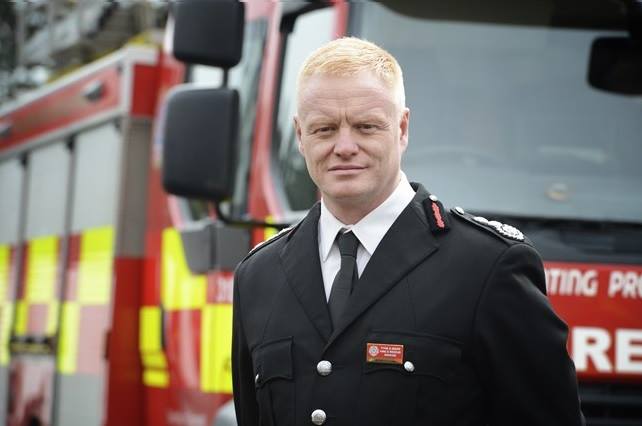news
Tyne and Wear Fire Authority (TWFA) Members, today approved a new proposal that will make changes to how the Service responds to incidents. The proposal includes one suggestion that was made through the public consultation launched on November 5th and concluded on January 28th. The changes are:
Dynamically adjusting the distribution and availability of appliances based on risk
- Relocating a fire engine from Gosforth to Newcastle Central
- Relocating a fire engine from Washington to Sunderland Central
- Relocating two target response vehicles (TRVs) from Washington to Newcastle Central and Sunderland Central
- Relocating a heavy rescue tender from Newcastle Central to Washington*
- Relocating a heavy rescue tender from Hebburn to South Shields
- Broadening the role of TRVs to attend other incidents
The revised changes will be implemented on 1st April 2019.
However, the Fire Authority decided not to immediately implement the further two proposals, and instead has requested that they be brought back to them for further consideration should the on-going discussions with the Home Office on a fairer funding formula not prove successful.
Since 2010 Government Grant funding has been significantly reduced to the Fire Authority. In addition, the Authority’s ability to increase income from Council Tax has been limited by Government imposed council tax increase freezes and caps. This has seen the Authority manage and anticipate a reduction in spending power of around £11.3m or 19% from 2010/11 to 2021/22.
Chief Fire Officer, Chris Lowther, commented:
“The decision taken at today’s Fire Authority, to implement proposal 1 with effect from April 2019, and to task officers to begin preparatory work on proposals 2 and 3 pending future decisions of the Authority, allows the continuation of lobbying for a fairer funding settlement for Tyne and Wear Fire and Rescue Service.”
Notes to editors:
The other two proposals were:
Introducing Day Crewing/On Call duty systems based on risk (if agreed originally due to be implemented 2020)
- Introducing the Day Crewing (On Call) duty system at Wallsend and Hebburn to respond more efficiently to risk and demand;
- In normal circumstances, cover from 20:00 to 08:00hrs to be provided by a fire engine from Tynemouth and South Shields respectively
- On Call appliances with crews available on a pre-determined delay to respond more efficiently to risk and demand
- A fire engine at Farringdon becomes an On Call appliance with crews available on a pre-determined delay to respond more efficiently to risk and demand
Adjusting staffing model to deliver a more effective and efficient use of resources (if agreed originally due to be implemented 2021)
- Adjusting start and finish times of shifts to provide a dayshift of 8 hours duration starting at 09:00hrs ending at 17:00hrs and a nightshift of 16 hours duration starting at 17:00hrs* and ending at 09:00hrs
- Formalising arrangements to introduce further flexibility into staffing facilitating greater effectiveness and efficiency across the operational workforce
- Removing the extended day shift from the whole time duty system
- Moderating staffing levels across the Service
- Amending staffing levels in mobilising control following the introduction of mobilising and resource management system upgrades and ensuring opportunities are taken to maximise productivity within the control room
On the consultation
- A 12 week public consultation, approved by members on November 5th 2018, asked the communities of Tyne and Wear for their views on 3 proposed changes that the Authority needed to consider in order to make essential savings to its budget.
- The Consultation received 3,140 responses through the public survey and 130 through the Service’s employee survey
- 6 public events were held – attended by 166 people
- employees received presentations; questions were answered through a dedicated email address
- 86 partners received direct engagement from us, meetings were held with local authority leaders, as well as the 12 members of parliament.
*Suggested through the staff consultation









